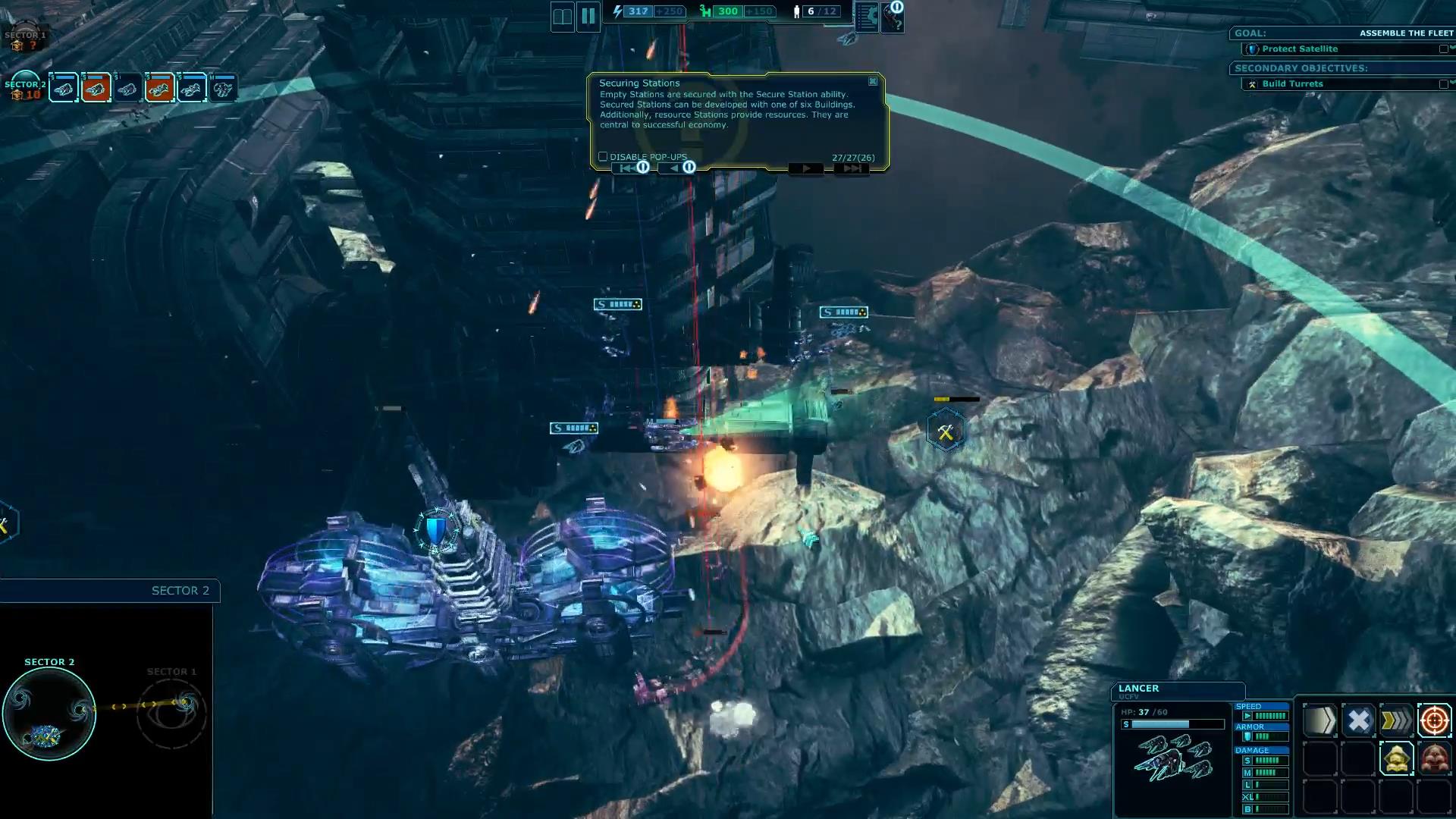
Mission 8: conduct all-sky laser searches Such as objects in orbit around exoplanets, pollution in exoplanet atmospheres and the detection of night-time illumination on exoplanets. An alternative possibility, however unlikely, has been mentioned in a scientific paper - that the object might actually be an alien spacecraft such as a solar sail (left). Estimates put its size at 200 x 30 x 30 m, and its rotational period at 8.14 hours. Follow-up observations have revealed that Oumuamua is very oddly shaped, like a cigar, more elongated than any known Solar System object. The interloper has been named Oumuamua Hawaiian for scout or messenger. Its orbit is highly hyperbolic, not parabolic, which implies it originated outside of the Solar System and is just passing through. In 2017, astronomers discovered an object in the Solar System which seemed. Rubin Observatory’s all-sky surveys begin later in 2021. So we should have an intercept mission ready to launch when a target next presents itself-and that could be soon after the Vera C.

‘Oumuamua for 2I/Borisov passed through the Solar System without us able to conclusively establish their nature and origins. Mission 6: intercept missions to ‘interstellar interlopers’ We may be being watched by aliens concealed on resources-rich near-Earth objects (NEOs)-possibly even asteroids that orbit the Sun with Earth.

Mission 5: look for ‘lurkers’ on asteroids
ANCIENT SPACE TRAVEL FREE
However, a permanent dish on the “radio-quiet” far side of the Moon would be free of contamination from human radio emissions, so enable super-sensitive searches. The search for technosignatures so far has been conducted largely via radio astronomy-and continues to be so via the Breakthrough Listen project. (Photo by NASA via Getty Images) Getty Images Mission 4: build a radio telescope on the Moon’s far side radio emissions, so enable super-sensitive searches. Mission 3: search for Dyson spheresĪ so-called “waste heat mission” to pick-up technological waste heat would require an all-sky survey using a space telescope with sensitivity at many infrared bands.Ī permanent dish on the “radio-quiet” far side of the Moon would be free of contamination from human. It could also find nitrogen dioxide (NO2), produced as a byproduct of combustion or nuclear technology.

Mission 2: look for pollution using Earth as a templateĪs recently published for NASA by the same authors, the JWST could find CFC gases-proof of civilization-around exoplanets if it was 10 times more common than on Earth. Evidence of impacts or existing artifacts might be preserved for between millions and billions of years-so we should scan the Moon and Mars in ultra-high resolution. The surfaces of these places are ancient and unchanging. The paper’s nine suggestions for technosignature-hunting missions include: Mission 1: search for crash sites on the Moon, Mars, Mercury or Ceres have been preserved for between millions or billions of years. The Moon, Mars, Mercury or Ceres could contain evidence of impacts or existing artifacts that may.


 0 kommentar(er)
0 kommentar(er)
